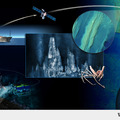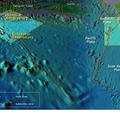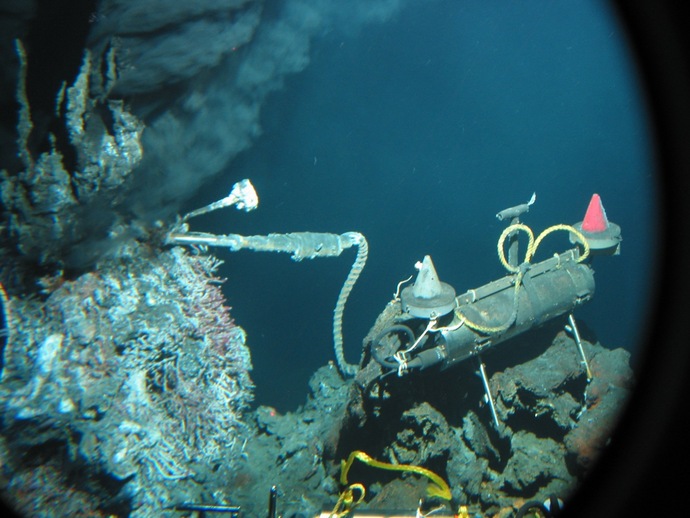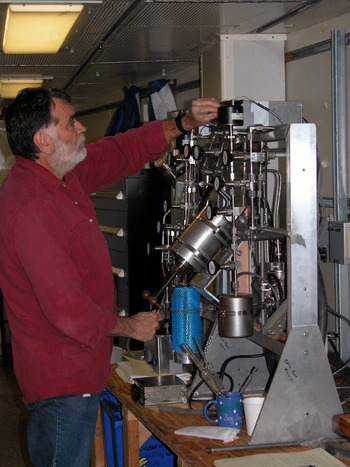- Visions18
- Visions17
- Visions16
- Visions15
- Visions14
-
Construction
- Node Installations Complete!
- Six on the Seafloor!
- New Segment 7
- Defining the SIA
- PN5A Successfully Deployed!
- PN 5A – Jointing Operations
- PN 5A Installation Continues
- On Site to Install PN5A
- Transit to Node 5A
- Port Call in Portland
- PN1D is Installed!
- Burial and Inspection Completed ...
- Humpbacks Visit
- Cable Burial Node PN1C
- Milestone: PN1C is Installed
- Photos of Final Inspection of P ...
- Another RSN Node is Born!
- Cable Burial Continues at Secon ...
- Second Node Installed!
- Splicing Node PN1B into Segment ...
- Recovering End of Segment 3
- Word for the Day: Persistence
- Major Milestone: First Node Ins ...
- Primary Node 1A Powered Up on D ...
- Recovering and Testing Cable Se ...
- OOI Primary Node Installation B ...
- Cable Installation Update
- Dolphins and Puffins and Molas, ...
- Day 51: Seabed Cable Lay Comple ...
- Dynamic Positioning
- Update on Cable Installation
- Completion of Segment 1 Burial
- Leaps and Bounds at the Shore S ...
- Segment 5 Installation Complete ...
- Laying Segment 5
- Bustling Shore Station
- At-Sea Installation Phases
- Installing the Land Cable
- TE SubCom Dependable Propulsion ...
- Divers at Work
- The Day After
- Second OOI Cable Landed
- Second Cable Landing Reschedule ...
- OOI Open House in Pacific City, ...
- The Cable has Landed!
- Last Grapnel Run Before Landing ...
- Preparing for the Cable Landing ...
- Seaplow 101
- Marine Mammal Observations
- Communicating with a Fishing Ve ...
- Cable Deployment Update
- Off Pacific City, Oregon
- Finished with First Segment
- Deploying Repeaters
- Start of First Cable Segment
- Leaving Astoria
- Meeting the Cable Ship in Astor ...
- Cable Laying Vessel Underway
- Photos of OOI Cable Loading
- Northern conduit installed
- Northern Conduit drilling compl ...
- Bubble test for the Southern Co ...
- Drilling of the Northern Condui ...
- Update on Drilling
July 2013
May 2013
December 2012
October 2012
August 2012
July 2012
April 2012
March 2012
January 2012
October 2011
September 2011
August 2011
July 2011
June 2011
March 2011
February 2011
October 2010
June 2010
May 2010
April 2010
- Visions13
- Visions12
- Visions11
- Enlighten
Related Stories
W.M. Keck-NEPTUNE Pro
In 2001, the W.M. Keck Foundation provided a $5 million gift to the University of ...
Proto-NEPTUNE
Microbes and Rocks: Exploring the Linkages In 2001, the W.M. Keck Foundation gra ...
Work began in January 2012 on the design and build of the Ocean Observatories Initiative's Regional Scale Nodes' first Core Non-Commercial instrument: a temperature-resistivity probe that will collect data from fluids emerging from seafloor hotsprings in the caldera at Axial Seamount, located at a water depth of ~1500 m (4921 ft). Measuring the temperature and chemistry of hydrothermal vent fluids is a core requirement of the OOI RSN.
There will eventually be several OOI RSN Core Non-Commercial instruments, which are not available as off-the shelf products, but rather must be specially designed to operate for long periods within the deep-sea environment of extreme pressures and temperatures. For example, the temperature-resistivity probe must be capable of making direct measurements of fluids that can reach temperatures of >350°C (662°F). The probe also measures resistivity, as a proxy for chloride concentrations. Boiling is a common process beneath the seafloor at Axial and within fluids issuing directly from the vent orifices. Chloride measurements, therefore, are important to understand phase-separation processes, with implications for understanding metal deposition, gas generation, and microbial ecosystem development.
The team designing and building the probe is led by Dr. Marvin Lilley, a Professor of Oceanography in the University of Washington's School of Oceanography. Lilley has decades of experience studying the chemistry and microbiology of hydrothermal systems and developing instruments to better characterize such systems. Lilley has also been involved in the discovery of numerous vent fields within the world's oceans.
Lilley’s team developed similar probes in the late 1990s. With funding that included approximately $800,000 from the W.M. Keck Foundation proto-NEPTUNE program at the University of Washington, the probes have been deployed on an annual basis within vent environments since 2000. These probes were left on the seafloor for only a few months at a time prior to the development of underwater cabled observatories. Now Lilley and his team are deploying the probes on cabled systems within active vent systems on the Juan de Fuca Ridge, systems that will operate around the clock for 25 years.





